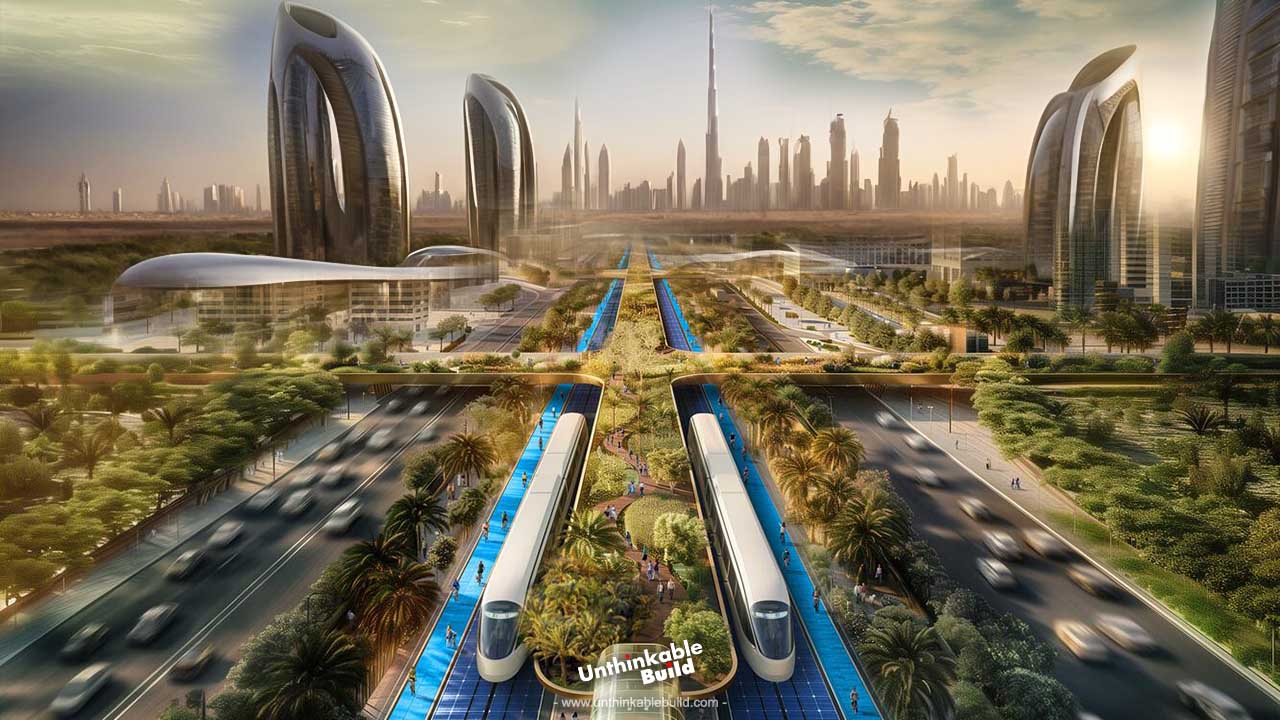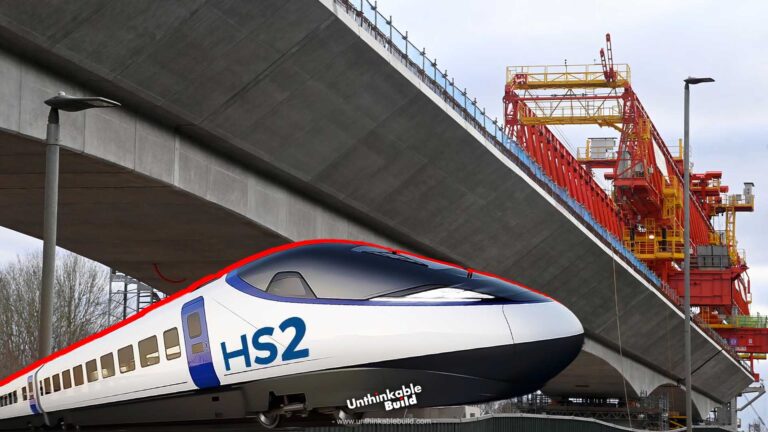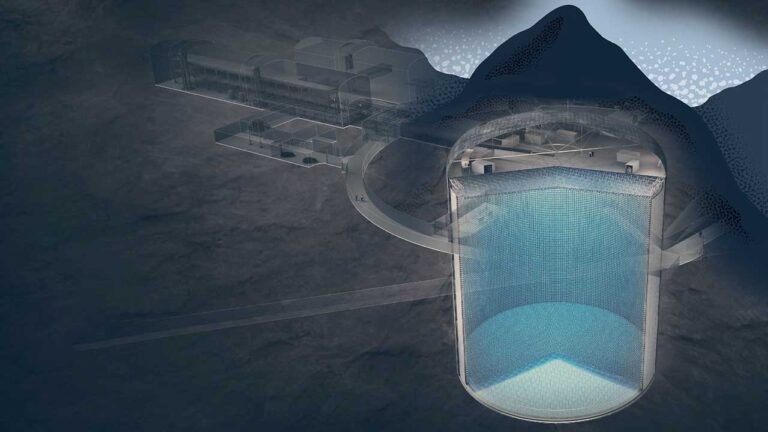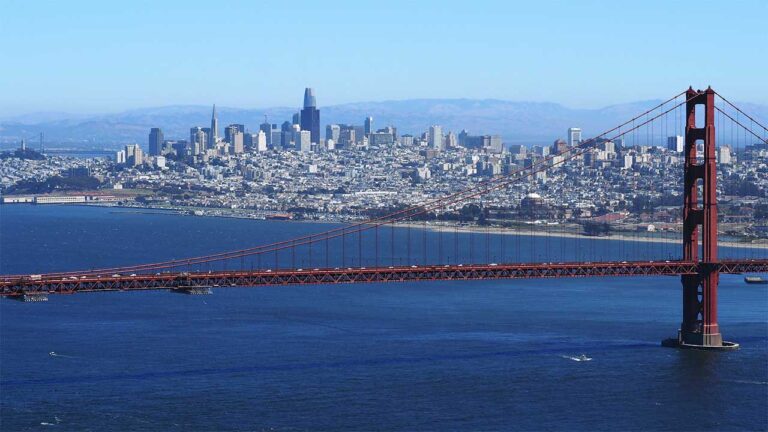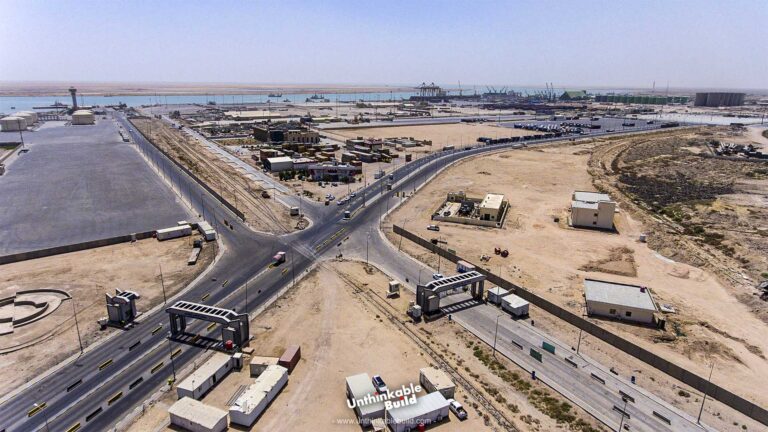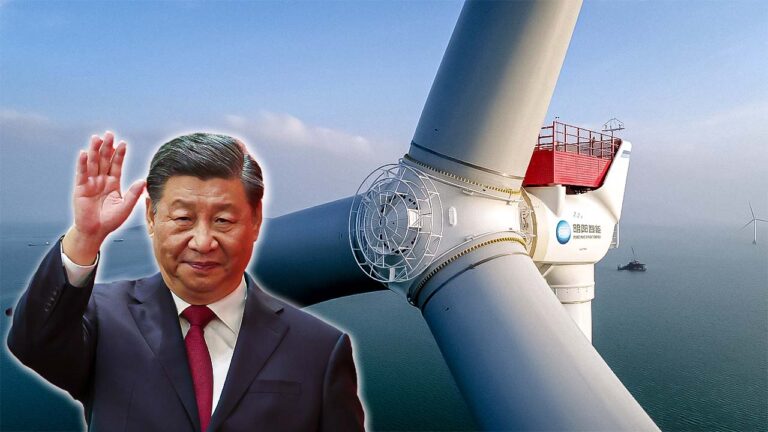Dubai Green Spine: A 64-Kilometer-Long Green Highway for Dubai
Dubai recently announced an exciting new project focused on environmental sustainability. The initiative of Dubai Green Spine aims to reduce city’s carbon footprint by embracing renewable energy, improving waste management, and promoting green building practices. These efforts will be crucial in the fight against climate change, helping to create a healthier and more sustainable future for everyone in the region.
Dubai’s 2040 Urban Master Plan is all about making the city more sustainable and livable. The plan is set to bring more green spaces, rely on renewable energy, and use smart urban planning along Sheikh Mohammad Bin Zayed Road. It’s all geared towards creating a healthier, more eco-friendly environment for everyone in the city.
Let’s explore the variety of community amenities that this new multifunctional urban corridor project will offer.
Situated in the heart of the Arabian Desert, United Arab Emirates is well-known for its intense weather, with searing heat being a constant throughout the year. Summer brings an even more extreme experience here, with temperatures often hitting a sweltering 50°C.
In its quest for sustainability, Dubai is making impressive strides aiming to set a global standard in environmental responsibility.
The Urban and Rural Development Authority (URB) in Dubai has recently unveiled “Dubai Green Spine” project, a groundbreaking initiative set to transform Sheikh Mohammad Bin Zayed Road, also known as E311, into a sustainable corridor. This ambitious project envisions lush green spaces, renewable energy sources, bike lanes, and pedestrian paths, all seamlessly integrated along the road. With the addition of smart infrastructure, the aim is to create a more vibrant, eco-friendly environment that encourages a healthier lifestyle for everyone. This initiative promises to significantly enhance urban living while reducing the city’s carbon footprint.
With an estimated cost of over $9.8 billion, this ambitious project will transform a 64-kilometer stretch of Sheikh Mohammad Bin Zayed Road. The plan promises to make the area more eco-friendly and vibrant, encouraging a healthier lifestyle for everyone who lives, works, and travels there.
Also Read: The New Terminal One: Saving JFK International Airport
This visionary project brings extensive greenery to the planned area. In a bid to boost biodiversity and improve air quality, over 1 million trees will be planted across various parks, gardens, and urban farms. These green spaces will be filled with native flora, creating vibrant and diverse natural areas. These lush green spaces will act as the city’s lungs and arteries, providing much-needed natural beauty and ecological benefits.
Incorporating urban farms and gardens, the project will allow residents to grow their own food and plants, creating a harmonious blend of infrastructure and nature. Elevated and ground-level pathways filled with greenery create multifunctional public spaces perfect for leisure, walking, and cycling.
Dubai Green Spine also integrates smart urban planning, featuring cutting-edge smart technology incorporating Internet-of-Things-enabled infrastructure and real-time traffic management systems. The project is powered entirely by renewable energy, primarily solar power, and includes electric trams running on solar-panel-clad railways. Energy-efficient buildings are another key component of the project, setting a benchmark for sustainable architecture and design.
The project emphasizes non-motorized transport, such as pedestrian paths and bike lanes, to help reduce Dubai’s carbon footprint. By shifting focus from car dependency to more sustainable modes of transportation, the initiative aligns with Dubai’s clean energy goals and overall commitment to environmental sustainability.
Pedestrian paths and cycling tracks will also be lined with native flora, which not only enhances biodiversity but also provides natural cooling by reducing urban heat and improves air quality.
Dubai Green Spine project harnesses solar energy to create a more sustainable and self-sufficient urban corridor, setting a new standard for urban development.
The integration of solar power into Dubai Green Spine project is truly innovative. Solar panels will be installed along the Sheikh Mohammad Bin Zayed Road’s median and on the rooftops of nearby buildings, capturing sunlight and converting it into electricity. This solar energy will help power the corridor and the surrounding areas, significantly cutting down on the use of non-renewable energy sources.
Dedicated solar farms will also be set up within the project area to maximize energy production. These large-scale solar installations will not only meet local energy needs but also feed surplus electricity back into the grid, enhancing the city’s overall energy efficiency.
Smart grid technology will play a key role in Dubai Green Spine project, allowing for efficient distribution and management of solar energy. This system will store and share excess power as needed, ensuring a reliable and balanced energy supply.
Buildings along the Green Spine will feature integrated solar panels on their facades or roofs, reducing energy transmission losses. Solar-powered charging stations for electric vehicles and mobile devices will also be strategically placed in public spaces in the corridor, encouraging sustainable practices among residents and visitors.
Handling extreme weather conditions, such as sandstorms, is crucial for maintaining the functionality of the Dubai Green Spine project. To address this, the project’s design takes extreme weather into account, using structures, materials, and landscaping that can withstand sandstorms and high winds. Natural windbreaks, like dense vegetation and low walls, are included to protect vulnerable areas from sand and debris carried by strong winds.
Regular maintenance is also key to keeping the infrastructure safe and operational. Routine inspections will quickly identify any damage caused by sandstorms, ensuring that repairs can be made promptly. Additionally, solar panels and other surfaces are treated with dust-resistant coatings to minimize sand buildup and maintain their efficiency.
The project team also has contingency plans in place for extreme weather events, including sandstorm alerts and evacuation procedures, to ensure everyone’s safety. By combining diligent maintenance, thoughtful design, and comprehensive preparedness, the Dubai Green Spine is well-equipped to withstand sandstorms and other challenging conditions.
Dubai Green Spine project is an exciting initiative to turn Sheikh Mohammad Bin Zayed Road into a 64-kilometer-long sustainable corridor. While it is still in the concept stage and doesn’t have a specific timeline yet, it’s a key part of Dubai’s visionary 2040 Urban Master Plan. This plan anticipates the city’s population growing to nearly 8 million residents. The project aims to enhance urban mobility, improve environmental quality, and create a vibrant, sustainable community space, serving as a model for urban development worldwide.
Also Read: California’s Biggest Mega Projects of 2024
Dubai is continuously making impressive strides in its quest for sustainability, aiming to set a global standard in environmental responsibility. At the heart of this effort is the Dubai Clean Energy Strategy, which was introduced in 2015. The goal is to transform Dubai into one of the world’s most sustainable cities by 2050. This ambitious plan focuses on several key areas, such as building clean energy infrastructure, creating supportive policies and regulations, investing in renewable energy projects, growing expertise in clean energy technologies, and shifting towards cleaner energy sources.
In addition, the UAE has launched its Green Agenda 2030, a long-term vision for sustainable development with five main goals. These goals include fostering a competitive knowledge economy, improving social development and quality of life, protecting the environment and natural resources, advancing clean energy and climate action, and promoting green living. By 2030, the UAE aims to boost its GDP by 4-5%, increase exports by AED 24-25 billion, and cut emissions to less than 100 kilowatt-hours.
Dubai is also aligning its efforts with the United Nations’ Sustainable Development Goals, focusing on reducing poverty, improving essential services, enhancing healthcare, and managing disasters more effectively. This dedication to sustainability highlights Dubai’s commitment to building a greener, more resilient future for everyone.

